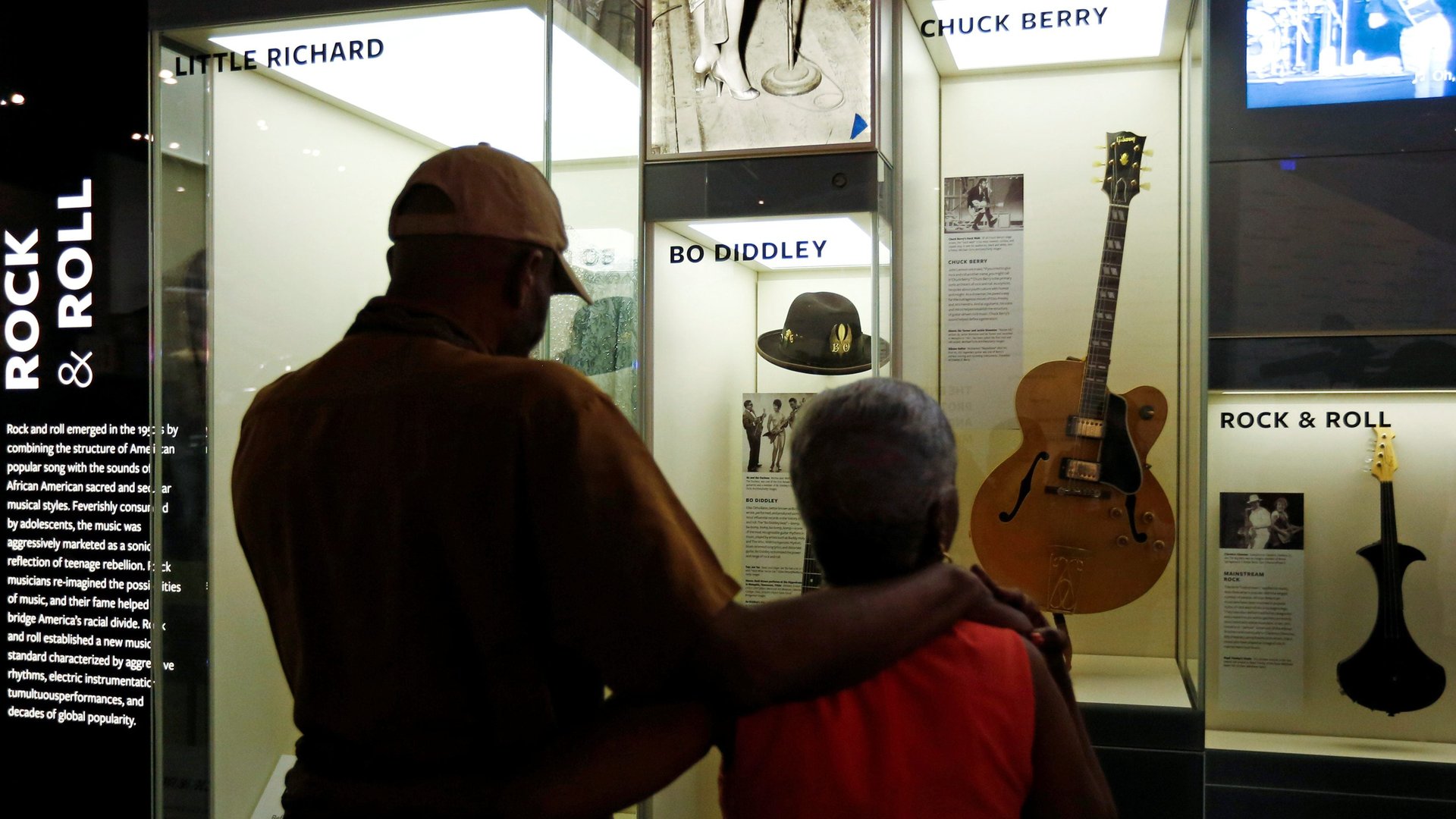The media ends up racializing poverty by presenting a distorted image of black families
There is a stark difference in how the media portrays black and white families.


There is a stark difference in how the media portrays black and white families.
According to a study by non-profit civil rights advocacy group Color of Change and Family Story, an organization that advocates for families today, which looked at more than 800 local and national US news stories and opinion pieces between January 2015 and December 2016 (published online, in print, and on TV), the media overwhelmingly depicted black families as poor and dependent on welfare, black fathers as absent, and consistently overhyped the link between black families and criminality. However, when it comes to white families, the picture painted is often of social stability.
In the US, black families represent 59% of the poor in the media, but make up just 27% of the poor of the general population, says the study. White families, on the other hand, represent 17% of the poor in media, but make up 66% of the poor across the country.
The report notes that since the 1980s, conservatives racked up attacks against so-called “welfare queens”—a stereotype that presents black women as having children in order to receive bountiful welfare assistance from the government. Researchers concluded that such portrayals were rife in the media and led to the perception that black people not only benefited the most from government aid, but were far more likely to cheat the system than white people.
This is despite the fact that white working families are the biggest beneficiaries of welfare. In 2014, government assistance and tax credits lifted 6.2 million working-class whites out of poverty—more than any other racial group.
The study also analyzed the depiction of black fathers. Media reports suggest black men often abandon their children and families, though there’s no evidence they do so at higher rates than white fathers:
The misrepresentation of Black fathers as “absentee” stems, in part, from the common but incorrect use of non-marital birthrates as a proxy for parental involvement, falsely leading to the assumption that Black fathers who are not married to the mothers of their children must not be involved parents.
A 2013 report (pdf) by the Centre for Disease Control found that black fathers were more likely to have bathed, dressed, or helped their children use the toilet every day compared with white fathers; black fathers were more likely to take their children to or from activities every day compared with white fathers; and a larger percentage of black fathers helped their children with homework every day in the last four weeks compared with white fathers.
The study also found that the media overrepresented the link between black families and criminality and underrepresented it for white families. Researchers pointed out that black family members represented 37% of criminals in the media, but made up 26% of family members arrested for criminal activity, according to crime reports. White families members represented 28% of criminals in the media, but made up 77% of those arrested for criminal activity.
In conclusion, researchers called for more black journalists in newsroom to help set a better standard and emphasized the need journalists to reach out to black experts to provide accurate social and historical context.